Yellow Cake with Rich Chocolate Buttercream
This post may contain affiliate links. Read my full disclosure policy.
Tender, fluffy, and buttery, this old-fashioned yellow cake is what birthday dreams are made of.
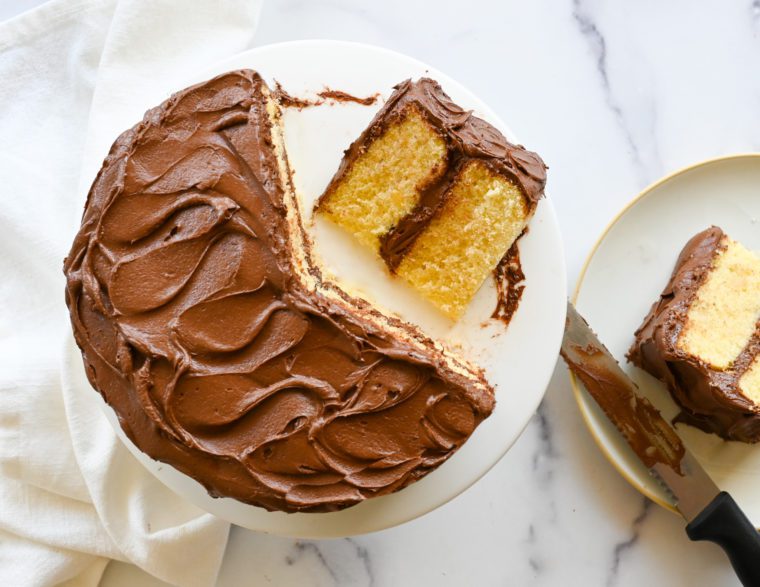
If you’re looking for a tried-and-true, old-fashioned yellow cake for birthday celebrations and other festivities, look no further. This is the one. Tender and fluffy with a nice hint of vanilla, it’s so much better than cake from a store-bought mix, and it’s hardly any more difficult to make. In contrast to white cake, which is a vanilla cake made with egg whites, yellow cake is a vanilla-flavored cake made with whole eggs (and sometimes additional egg yolks). The fat from the yolks gives the cake its signature color and rich, custardy flavor. Yellow cake is good layered with any frosting, but it is especially delicious with rich chocolate buttercream or cream cheese frosting, both of which can be whipped up in minutes while the cake cools.
If you’d rather make cupcakes or a sheet cake instead of a layer cake, go right ahead. The recipe makes 24 cupcakes (bake for 20 to 23 minutes) or a 9 x 13-inch sheet cake (bake for 30 to 35 minutes).
What You’ll Need To Make Yellow Cake
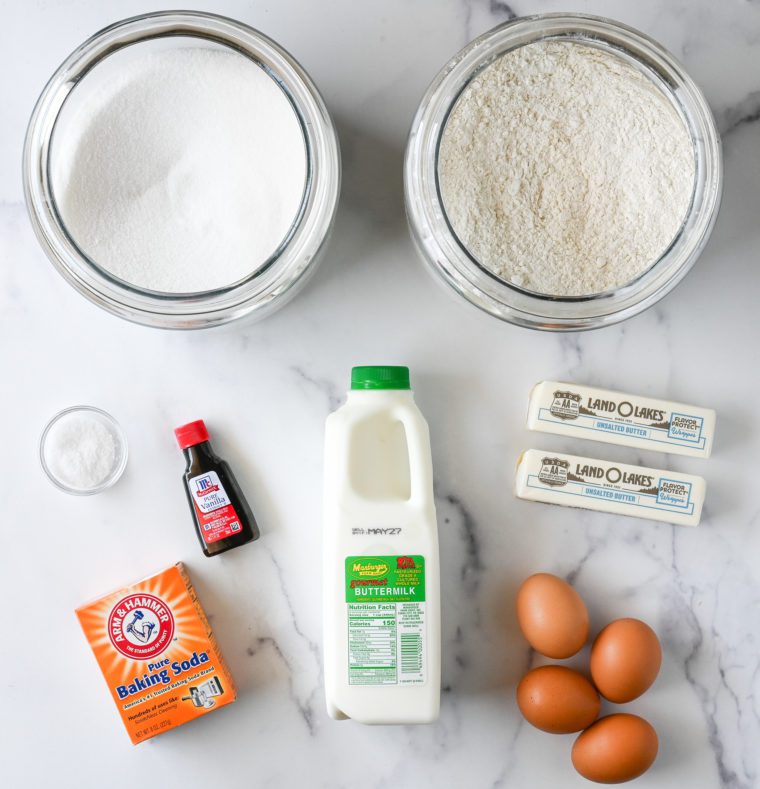
Mixing Method
This cake recipe uses a different mixing method than you may be accustomed to. Instead of the more common “creaming” method, where the butter and sugar are beaten together before the eggs, flour, and liquid are added, this recipe uses the “high-ratio” or “two-stage” mixing method.
First, all the dry ingredients, including the sugar, are mixed in the bowl of an electric mixer. Then all of the butter and half of the liquid ingredients are mixed in to coat and moisten the dry ingredients with fat. Finally, the remaining liquid ingredients are added and the batter is beaten for a few minutes until pale and creamy.
This method was made popular by pastry chef and cookbook author Rose Levy Beranbaum. It can be used for any cake where the weight of the sugar equals or exceeds the weight of the flour. It is not only faster and easier than the traditional creaming method, but it also yields incredibly tender, fine-textured, velvety cakes.
Step-by-Step Instructions
Step 1: Prep the Pans and Preheat the Oven
Preheat the oven to 350° and set an oven rack in the middle position. Spray two 8-inch cake pans with nonstick cooking spray. Cut two 8-inch rounds of parchment paper and line the bottom of each pan; spray the paper with nonstick spray with flour. (To measure the parchment paper, just trace the bottom of the pan.)
Step 2: Make the Cake Batter
In a medium bowl or large liquid measuring cup, combine the buttermilk, eggs, and vanilla.
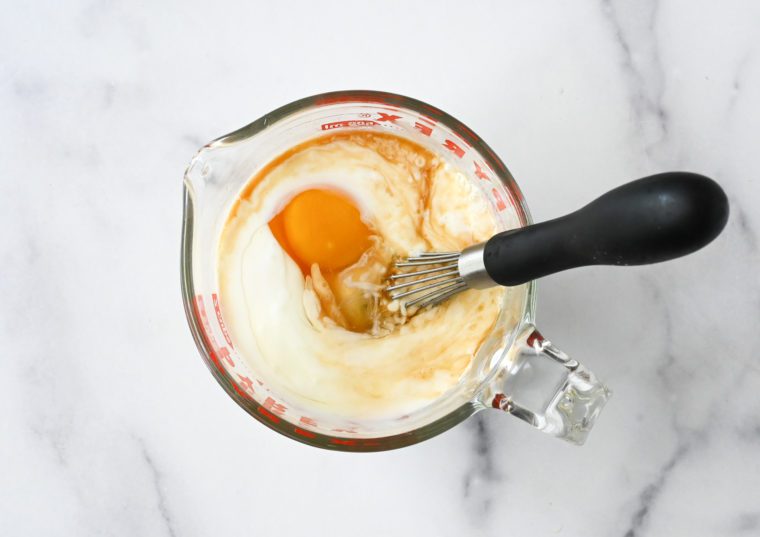
Whisk and set aside. (Note that the mixture may start to look curdled as it sits; that’s okay.)
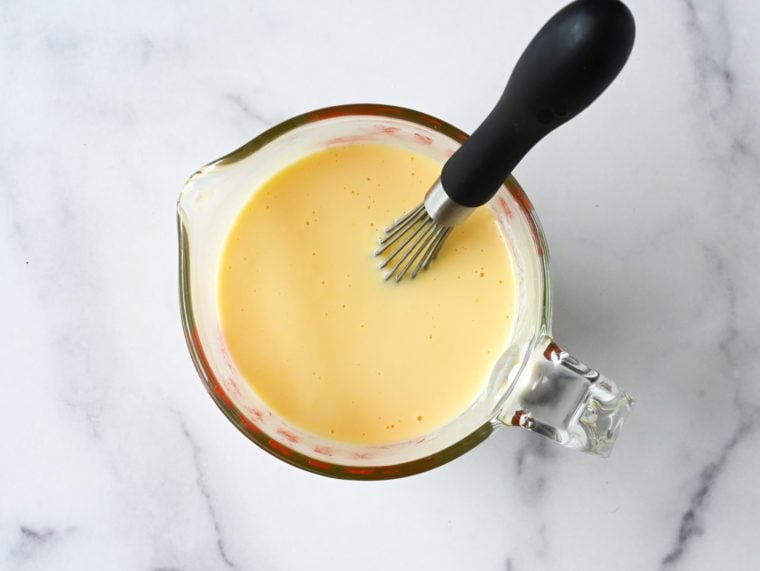
In the bowl of an electric mixer fitted with the paddle attachment or beaters, combine the flour, granulated sugar, baking soda, and salt.
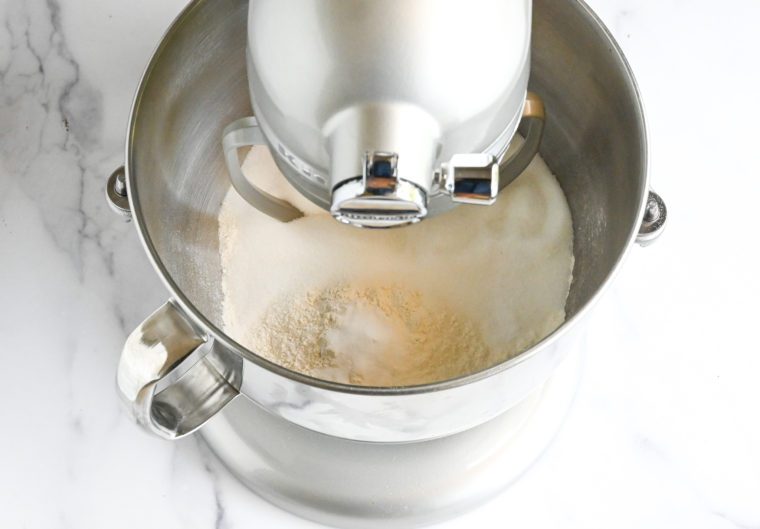
Beat on low speed for 30 seconds to combine.
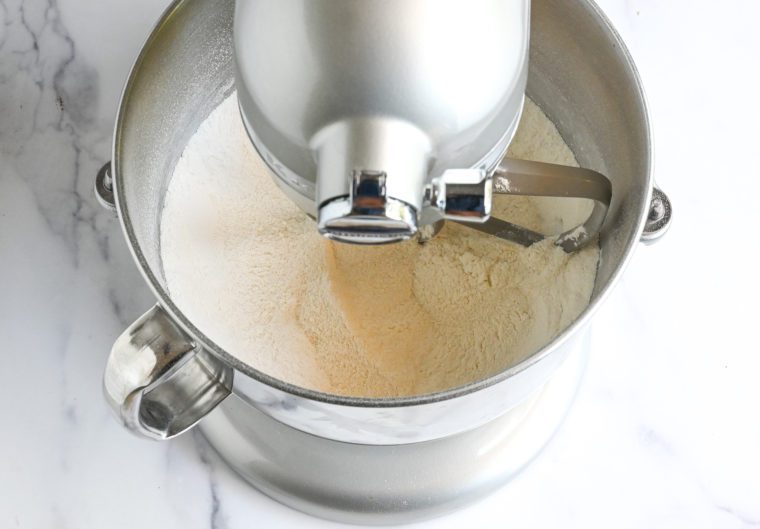
Add the soft butter and half of the buttermilk mixture.
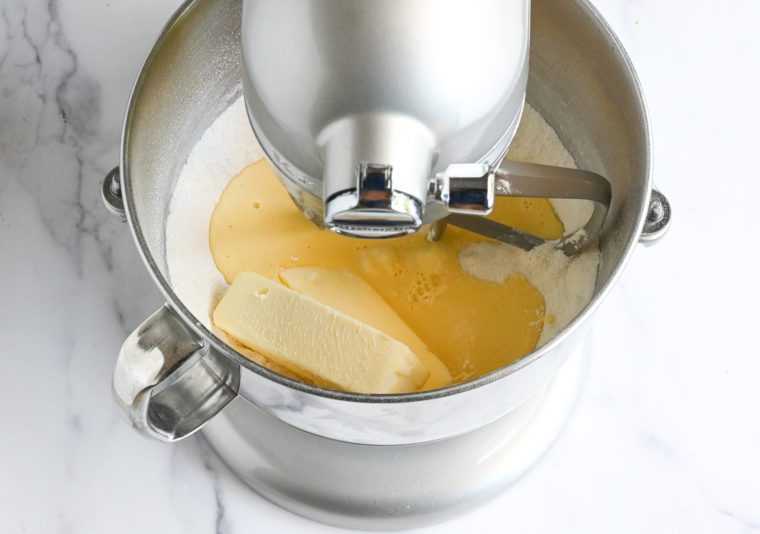
Mix on low speed until moistened but still a little crumbly, about 1 minute.
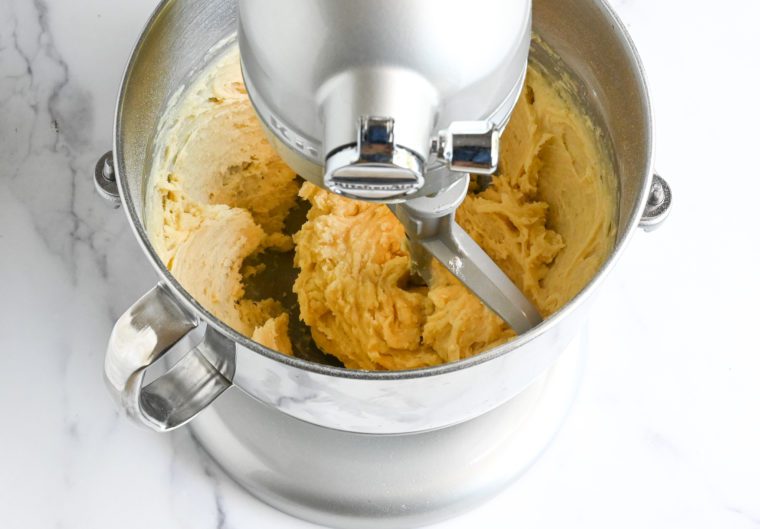
With the mixer running on low, gradually add the remaining buttermilk mixture.
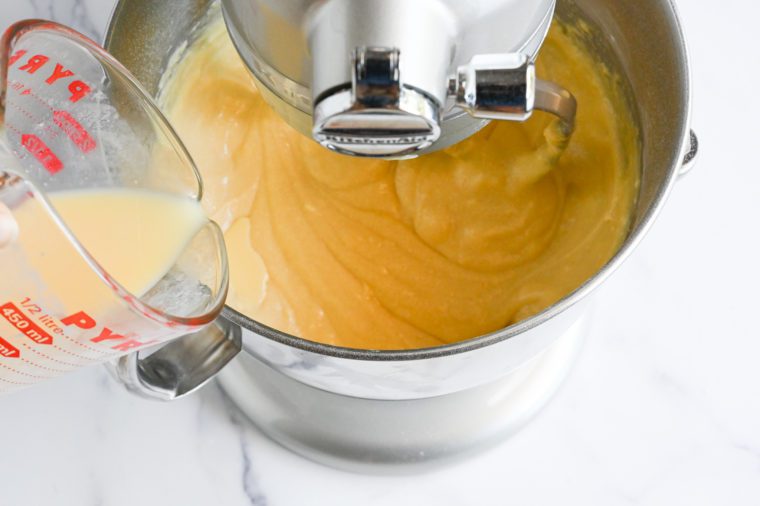
Then increase the speed to medium and mix for three minutes, stopping once to scrape down the sides and bottom of the bowl with a rubber spatula. The batter should look pale and creamy. Scrape down the sides and bottom of the bowl again, making sure the batter is evenly mixed.
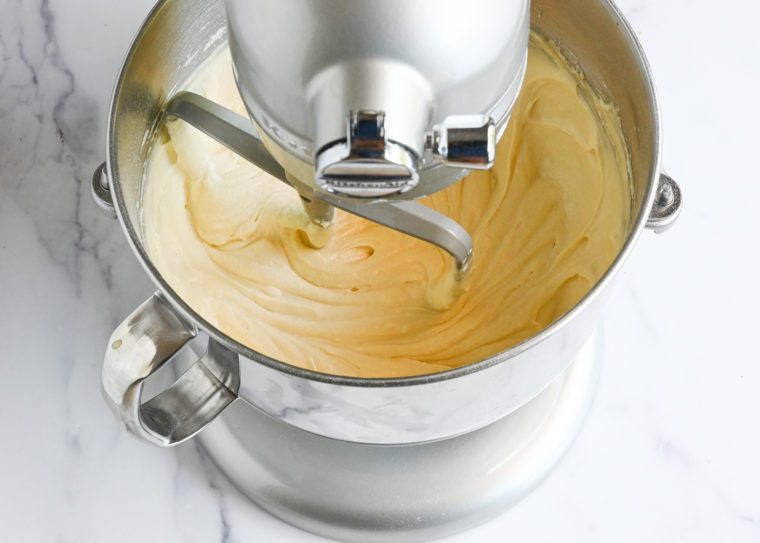
Step 3: Bake the Cake Layers
Transfer the batter to the prepared pans.
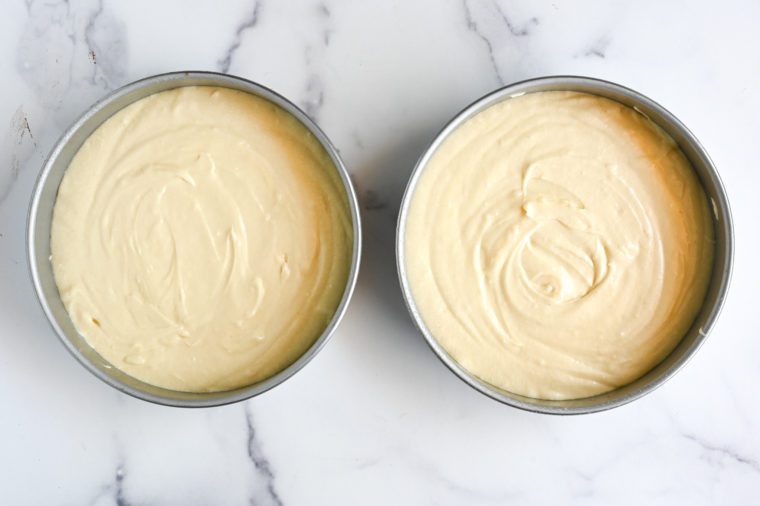
Bake for 30 to 40 minutes, or until a cake tester comes out clean.
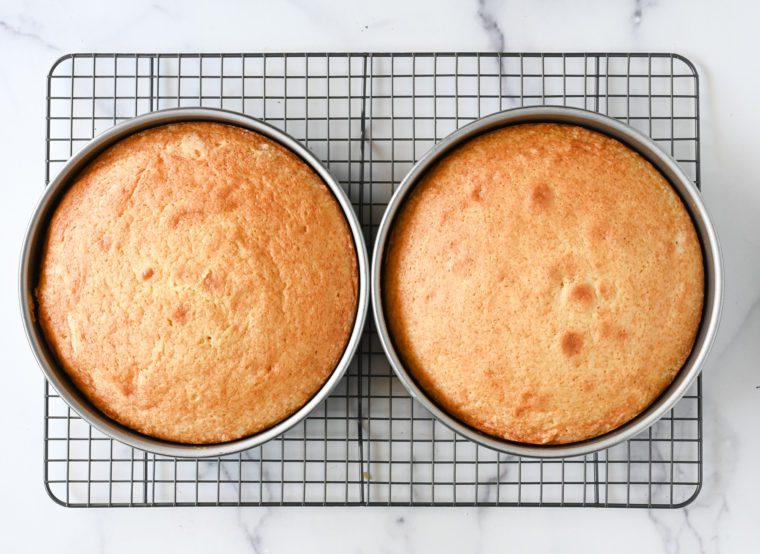
Cool in the pans on a rack for 15 minutes, then unmold onto the rack to finish cooling right side up (keep the parchment paper underneath the cake layers so they don’t stick to the rack).
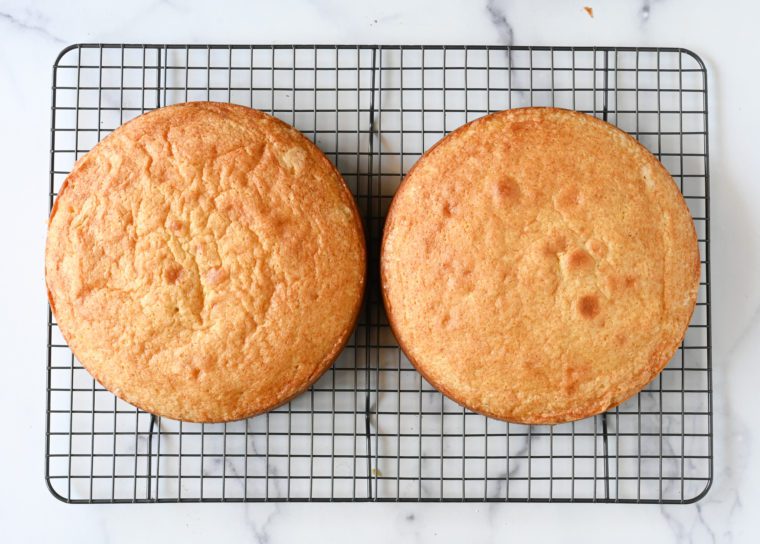
Step 4: Trim and Frost the Cake
When cake layers are completely cool, use a serrated knife to trim off the domed tops, if necessary; this will ensure the cake is level.
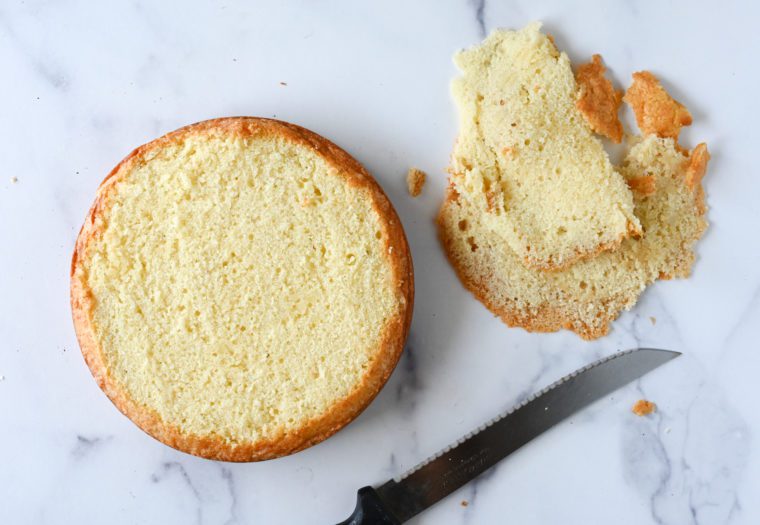
Place one cake layer on a serving plate, cut side down. Using an offset spatula or butter knife, spread about ¾ cup of the frosting over the first layer. Top with the second layer, cut side down, then spread the remaining frosting over the top and sides of the cake, swirling decoratively.

The cake is best enjoyed fresh on the day it is made, but it will keep nicely for 2 to 3 days stored in a cake dome at room temperature.
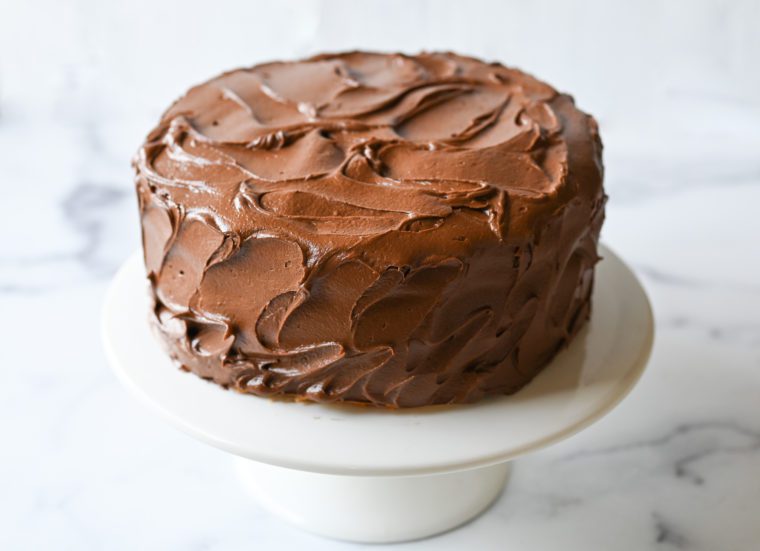
Enjoy!

You May Also Like
- How to make Buttermilk
- Chocolate Lover’s Birthday Cake
- Vanilla Birthday Cake with Old-Fashioned Vanilla Buttercream
- Chocolate Cupcakes
- Rainbow Sprinkle Funfetti Cake
- German Chocolate Cake
Yellow Cake with Rich Chocolate Buttercream
Tender, fluffy, and buttery, this old-fashioned yellow cake is what birthday dreams are made of.
Ingredients
- 1 cup buttermilk (see note)
- 4 large eggs
- 2 teaspoons vanilla extract
- 2¾ cups cake flour, spooned into measuring cup and leveled-off
- 2 cups granulated sugar
- ½ teaspoon baking soda
- Heaping ½ teaspoon salt
- 2 sticks (1 cup) unsalted butter, softened
- Rich Chocolate Buttercream (or Cream Cheese Frosting)
Instructions
- Preheat the oven to 350°F and set an oven rack in the middle position. Spray two 8-inch cake pans with nonstick cooking spray with flour. Cut two 8-inch rounds of parchment paper and line the bottom of each pan; spray the paper with nonstick spray with flour. (To measure the parchment paper, just trace the bottom of the pan.)
- In a medium bowl or large liquid measuring cup, whisk together the buttermilk, eggs, and vanilla. Set aside. (Note that the mixture will start to look curdled as it sits; that's okay.)
- In the bowl of an electric mixer fitted with the paddle attachment or beaters, combine the flour, sugar, baking soda, and salt. Beat on low speed for 30 seconds to combine. Add the soft butter and half of the buttermilk mixture and mix on low speed until moistened but still a little crumbly, about 1 minute. With the mixer running on low, gradually add the remaining buttermilk mixture, then increase the speed to medium and mix for three minutes, stopping once to scrape down the sides and bottom of the bowl with a rubber spatula. The batter should look pale and creamy. Scrape down the sides and bottom of the bowl again, making sure the batter is evenly mixed.
- Transfer the batter to the prepared pans and bake for 30 to 40 minutes, or until a cake tester comes out clean. Cool in the pans on a rack for 15 minutes, then unmold onto rack to finish cooling right side up (keep the parchment paper underneath the cake layers so they don't stick to the rack). When cake layers are completely cool, use a serrated knife to trim off the domed tops, if necessary; this will ensure the cake is level. Place one cake layer on a serving plate, cut side down. Using an offset spatula or butter knife, spread about ¾ cup of the frosting over the first layer. Top with the second layer, cut side down, then spread the remaining frosting over the top and sides of the cake, swirling decoratively. The cake is best enjoyed fresh on the day it is made, but it will keep nicely for 2 to 3 days stored in a cake dome at room temperature.
- Note: If you’d like to make your own buttermilk, check out the easy method here.
- Note: The recipe can also make 24 cupcakes (bake for 20 to 23 minutes) or a 9 x 13-inch sheet cake (bake for 30 to 35 minutes).
- Note: Nutritional information includes the chocolate buttercream frosting.
- Freezer-Friendly Instructions: The cake can be frozen, without frosting, for up to 3 months. After it is completely cooled, double-wrap it securely with aluminum foil or plastic freezer wrap, or place it in heavy-duty freezer bag. Thaw overnight on the countertop and then frost before serving.
Nutrition Information
Powered by ![]()
- Per serving (14 servings)
- Calories: 669
- Fat: 35 g
- Saturated fat: 20 g
- Carbohydrates: 86 g
- Sugar: 54 g
- Fiber: 2 g
- Protein: 7 g
- Sodium: 269 mg
- Cholesterol: 132 mg
This website is written and produced for informational purposes only. I am not a certified nutritionist and the nutritional data on this site has not been evaluated or approved by a nutritionist or the Food and Drug Administration. Nutritional information is offered as a courtesy and should not be construed as a guarantee. The data is calculated through an online nutritional calculator, Edamam.com. Although I do my best to provide accurate nutritional information, these figures should be considered estimates only. Varying factors such as product types or brands purchased, natural fluctuations in fresh produce, and the way ingredients are processed change the effective nutritional information in any given recipe. Furthermore, different online calculators provide different results depending on their own nutrition fact sources and algorithms. To obtain the most accurate nutritional information in a given recipe, you should calculate the nutritional information with the actual ingredients used in your recipe, using your preferred nutrition calculator.

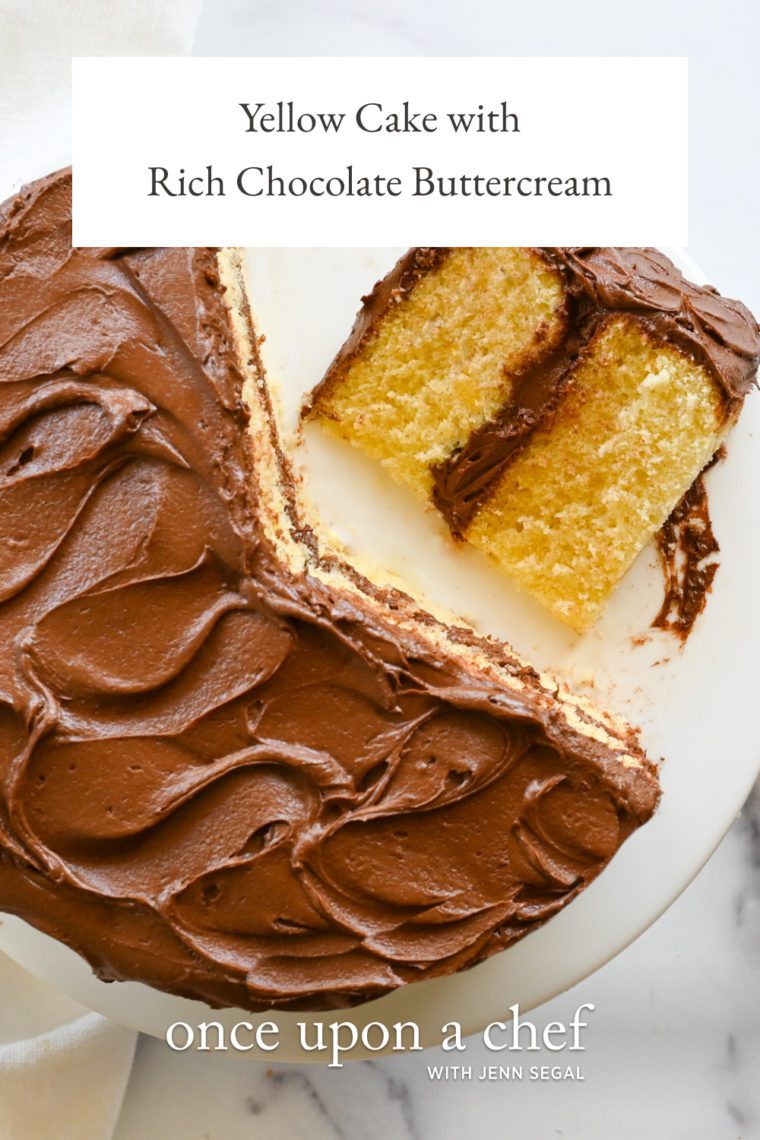
This cake, just like every recipe on your website or in your cookbooks, is a winner! I just made it for the first time on a whim, and it turned out perfectly! Thank you so much for your elegant, delicious, and dependable recipes!